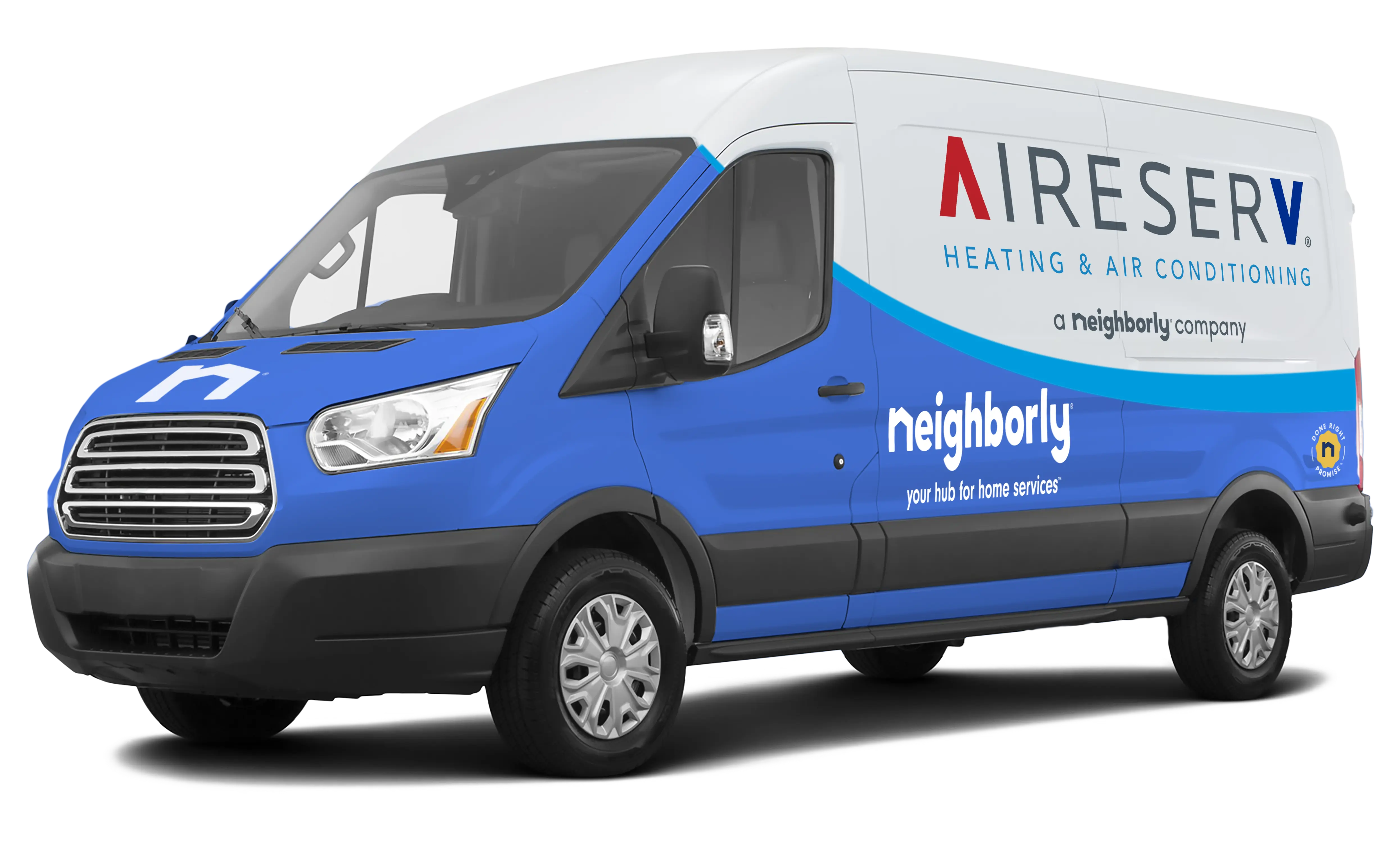Fall in Shelton is a transitional season that puts extra demands on HVAC systems. As temperatures fluctuate between warm days and chilly nights, HVAC equipment must work efficiently to maintain indoor comfort. Preventing common problems before they occur can save homeowners from costly repairs, energy waste, and discomfort.
1. Schedule a Fall HVAC Inspection
One of the most effective ways to prevent problems is a professional inspection:
- Inspect heating and cooling components for wear or damage.
- Test thermostats, safety controls, and electrical connections.
- Clean essential parts such as burners, heat exchangers, and coils.
A professional check ensures early detection of issues, reducing the risk of system breakdowns during cold snaps.
2. Replace or Clean Air Filters
Filters play a critical role in HVAC performance and indoor air quality:
- Dirty filters restrict airflow, forcing your system to work harder and increasing energy use.
- Replace or clean filters every 30–90 days depending on system type and household environment.
- High-quality filters capture dust, pollen, and allergens common in fall.
Maintaining clean filters improves efficiency, reduces strain, and keeps air clean.
3. Check Ductwork and Vents
Proper airflow prevents uneven heating and inefficiency:
- Inspect ducts for leaks, loose connections, or damage.
- Clean vents and registers to remove dust and debris.
- Seal gaps with mastic or metal tape to maintain consistent airflow.
Well-maintained ductwork reduces energy waste and ensures even distribution of heat throughout your home.
4. Test Heating Equipment Early
Don’t wait until the first cold night to turn on your heating system:
- Test furnaces, heat pumps, and boilers to confirm proper operation.
- Clean burners, flame sensors, and pilot lights to ensure safe performance.
- Verify carbon monoxide detectors are functioning.
Early testing allows timely repairs and prevents last-minute emergencies.
5. Manage Indoor Humidity
Humidity levels can impact both comfort and system efficiency:
- Low humidity can make your home feel colder, leading to higher thermostat settings.
- High humidity can promote mold growth and system strain.
- Consider using a humidifier or dehumidifier to maintain balance.
Maintaining proper humidity enhances comfort and protects your HVAC system.
6. Optimize Thermostat Settings
Smart thermostat management can prevent common problems:
- Set programmable schedules to reduce strain during unoccupied periods.
- Test the thermostat for accuracy and responsiveness.
- Avoid rapid temperature changes that can overwork the system.
Proper thermostat use ensures efficient operation and prevents unnecessary wear.
7. Inspect Insulation and Seal Air Leaks
Drafts and poor insulation contribute to HVAC problems:
- Seal gaps around windows, doors, and electrical outlets.
- Check insulation in attics, basements, and crawl spaces.
- Ensure ductwork is properly insulated where exposed.
Addressing these areas reduces energy loss and system workload, preventing premature failure.
8. Monitor Energy Usage and Listen for Warning Signs
Being proactive helps catch issues early:
- Listen for unusual noises such as rattling, squealing, or hissing.
- Monitor rooms for uneven heating or hot/cold spots.
- Track energy usage for unexpected spikes, which may indicate inefficiency.
Prompt attention to these signs can save money and extend system life.
Final Thoughts
Preventing common HVAC problems in Shelton this fall is about early inspection, proper maintenance, and proactive monitoring. By keeping filters clean, checking ductwork, testing heating equipment, managing humidity, optimizing thermostat settings, and sealing your home, you can avoid costly repairs, maintain comfort, and keep energy bills under control.
A little preparation now ensures your HVAC system remains reliable, efficient, and safe throughout the fall and winter months, giving you peace of mind and consistent comfort.

